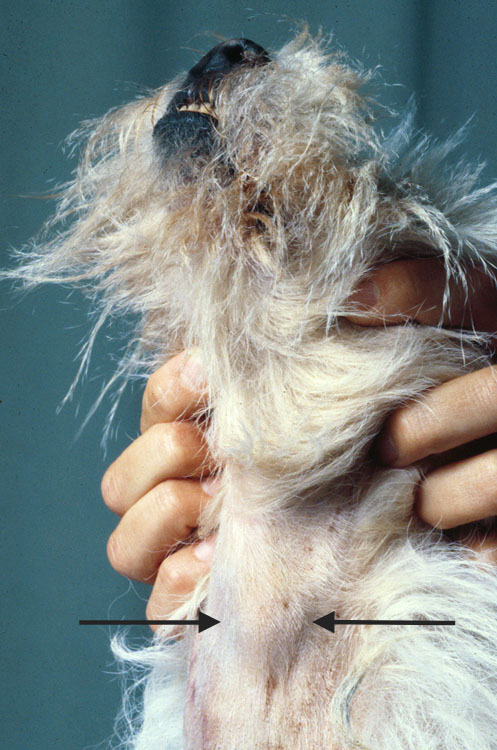

Skin problems such as eczema and acne are a common cause of reactive lymphadenopathy.Recent travel, insect bites or exposure to pets/other animals - may suggest inflammatory / infectious cause.A combination of symptoms indicative of an upper respiratory tract infection - fever, cough, and sore throat.Specific features in the history that may suggest cause This evidence-based clinico-radiological guideline has been developed in conjunction with Paediatric ENT with the aim of providing clinical and imaging guidance and referral criteria for GPs and hospital clinicians treating children with neck lumps.Īsk about the site of the lump, including its onset, growth, change in nature (including the timescale) and pain. In 2016, an audit of our referral practice and outcomes for neck US in children demonstrated that over 90% of our referrals from General Practice (GP) and ED added no additional ‘value’ to clinical examination. The easy availability of ultrasound (US), the introduction of national targets and increasing time pressure on primary care and emergency departments (ED) has resulted in an exponential rise in the number of children being referred for neck US in Leeds. There are no national radiological guidelines in the imaging of neck lumps and masses in children. Imaging, serology and/or biopsy is therefore reserved for selected cases only. The patient’s age is critical, particularly in the context of congenital lesions which usually present in infancy or childhood.1 Correlating age and clinical history with the examination findings will allow the differential diagnosis to be significantly narrowed, and in the majority of cases, the diagnosis can be reached with this alone. Developmental lesions (such as branchial arch cysts) may present at any age throughout childhood although most frequently encountered during the first decade of life.Įvaluation of the likely cause of a neck mass in children initially requires a careful history and clinical examination. In older children, infection (systemic or loco-regional) is by far the commonest cause, with neoplasms (usually lymphoma) being rare but increasing throughout adolescence.

lymphatic and vascular malformations) account for the majority of cases. In infants and young children, congenital lesions (i.e. Neck masses are common in the paediatric population. Cystic Hygroma (Lymphatic Malformation).Acute Unilateral Cervical Lymphadenitis.Acute Bilateral Cervical Lymphadenopathy.Differential Diagnosis: Common Neck ‘Masses’ in Children & Adolescents.Neck Lumps in Children: An Imaging & Referral Guide


 0 kommentar(er)
0 kommentar(er)
